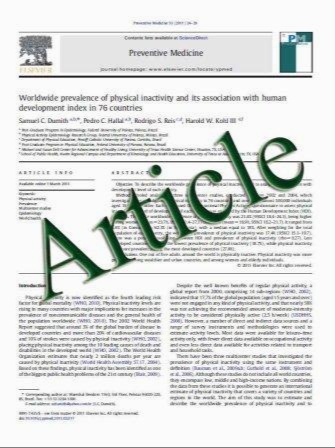Premenopausal women with idiopathic low-trauma fractures and/or low bone mineral density
- نوع فایل : کتاب
- زبان : انگلیسی
- مؤلف : A. Cohen & R. R. Recker & J. Lappe & D. W. Dempster & S. Cremers & D. J. McMahon & E. M. Stein & J. Fleischer & C. J. Rosen & H. Rogers & R. B. Staro
- چاپ و سال / کشور: 2011
Description
Introduction In men, idiopathic osteoporosis (IOP) is often associated with low serum insulin-like growth factor (IGF-1) and reduced bone formation. The characteristics of premenopausal women with IOP are not well defined. We aimed to define the clinical, reproductive, and biochemical characteristics of premenopausal women with unexplained osteoporosis. Methods This is a cross-sectional study of 64 women with unexplained osteoporosis, 45 with fragility fractures, 19 with low bone mineral density (BMD; Z-score less than or equal to -2.0) and 40 normal controls. The following are the main outcome measures: clinical and anthropometric characteristics, reproductive history, BMD, gonadal and calciotropic hormones, IGF-1, and bone turnover markers (BTMs). Results Subjects had lower BMI and BMD than controls, but serum and urinary calcium, serum estradiol, vitamin D metabolites, IGF-1, and most BTMs were similar. Serum parathyroid hormone (PTH) and the resorption marker, tartrate-resistant acid phosphatase (TRAP5b), were significantly higher in both groups of subjects than controls and directly associated in all groups. Serum IGF-1 and all BTMs were directly associated in controls, but the association was not significant after controlling for age. There was no relationship between serum IGF-1 and BTMs in subjects. There were few differences between women with fractures and low BMD. Conclusions Higher serum TRAP5b and PTH suggest that increased bone turnover, possibly related to subclinical secondary hyperparathyroidism could contribute to the pathogenesis of IOP. The absence of differences between women with fractures and those with very low BMD indicates that this distinction may not be clinically useful to categorize young women with osteoporosis.
Osteoporos Int DOI 10.1007/s00198-011-1560-y Received: 1 November 2010 / Accepted: 17 December 2010


